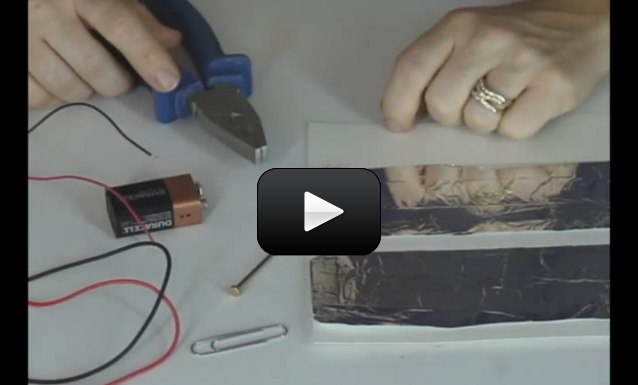We’re going to build on the quick ‘n’ easy DC motor to make a tiny rail accelerator (any larger, and you’ll need a power plant and a firing range and a healthy dose of ethics.) So let’s stick to the physics of what’s going on in this super-cool electromagnetism project. This project is for advanced students.
Here’s what we’re going to do:
We’re going to create two magnetic fields at right angles (perpendicular) to each other. When this happens, it causes things to move, spin, rotate, and roll out of the way. We’re going to focus this down to making a tiny set of wheel zip down a track powered only by magnetism. Ready?
Please login or register to read the rest of this content.


Hmm… I know that the magnets need to be small and lightweight, or you’ll have a problem getting it to roll at all. You can try ball magnets – if they are the right size, they may work for your setup. You should not need to start on a hill for momentum – just dropping it right onto the (level) track is enough. This experiment is a simple demo of how magnetic fields work together to create motion. While some larger mag setups like this use this to power heavy loads of people around (like the Superman ride at Magic Mountain in California), you need a LOT more power and a serious set of electronics to pulse the magnetic field on and off at precisely the right time in order to get a larger rail to work. I wouldn’t use more power, as you might run into a short-circuit problem that could melt your setup. Great questions! 🙂
If we use larger neodymium magnets would we need more batteries? What if we lined the insulation tubing with foil and used ball magnets? Would it power it enough to go up steeper hills without relying on the momentum from starting on a high point?
Elijah